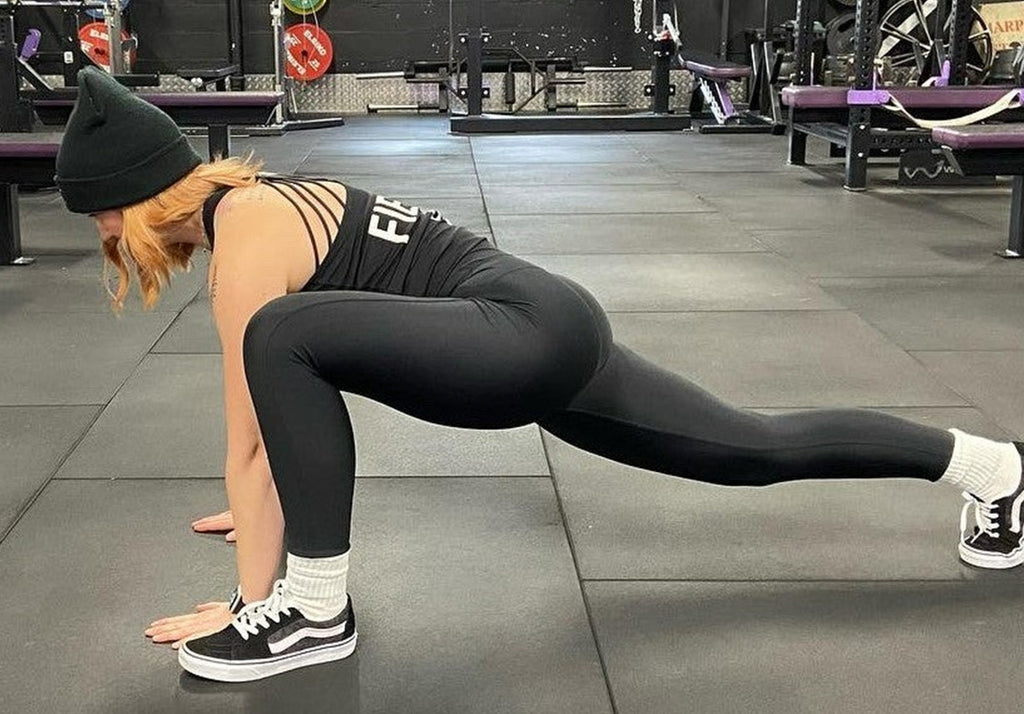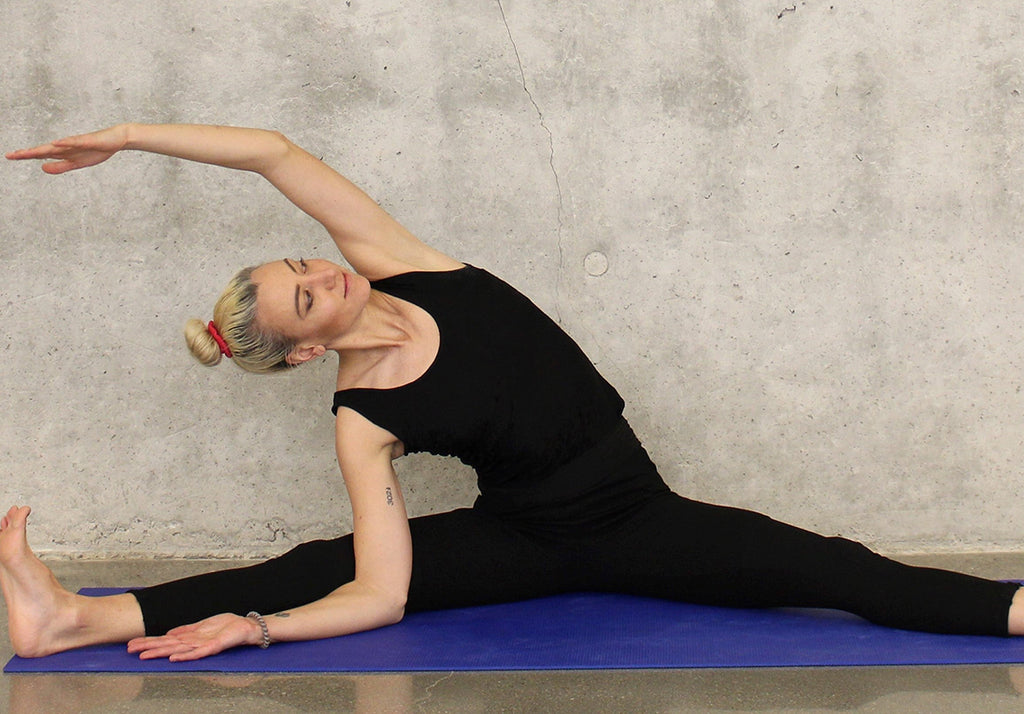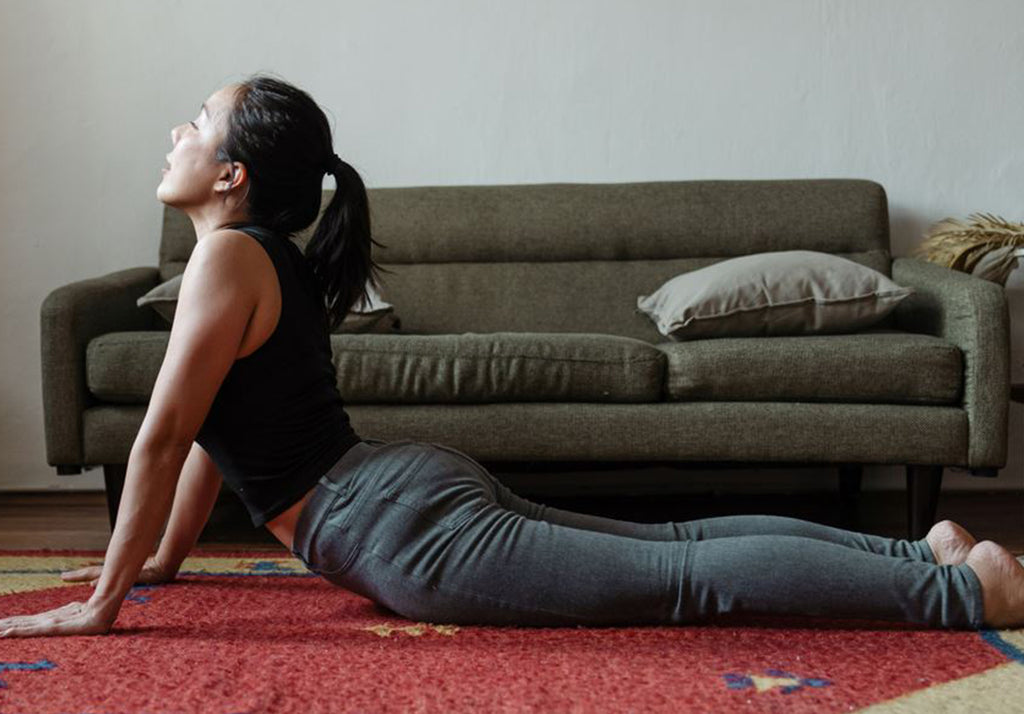In fitness, the word mobility describes your joints’ ability to move. In other words, it’s how loose and flexible your joints are. The term is most commonly applied to the ankles, hips, and shoulders.
If your mobility is poor, it’s not necessarily bad news. Mobility can be easily worked on and improved by stretching the joints.
Having good joint mobility is essential for your training, as it will allow you to perform exercises correctly and safely, whilst also maximising gains.
Common Mobility Issues
Almost all lifters will have some areas for improvement in terms of mobility. Some may have it worse than others. Your mobility may be poor to the point where it restricts you from lifting with correct form. Not only does this mean you won’t reap the full benefits of working out, but it can also result in you getting injured.
Why can’t I squat low?
When squatting, you should ideally be hitting parallel or lower at the bottom of the movement. Parallel means the tops of your thighs are at least parallel to the floor or lower. A lot of inexperienced lifters have issues with this, and it’s almost always due to poor ankle mobility.
To test your ankle mobility, from a kneeling position, place your front foot exactly five inches from a wall. Keep your foot flat on the floor, and lunge forward to try and get your knee to touch the wall. Test this on both feet. If your knee can’t touch the wall from this position, your ankle mobility is limited. This is making it harder for you to squat to full depth.
If you want to improve your ankle mobility to help with your squats, you need to stretch. To stretch your ankle, first you need a resistance band. Secure one end of the band around something sturdy such as a heavy table leg, or power rack. Put the other end of the band round the base of your ankle. Kneel down with the band pulling behind you, and place your front foot with the band around it on a slightly elevated surface. You could use a thick book or a weight plate. Then, put your weight forward and lean into the band so that it’s pulling on your ankle. Hold this for 3-4 seconds then stop and repeat for as long as desired.
Why do my Hips Shoot Up when I’m Deadlifting?
The deadlift is the most versatile and effective exercise for building full body strength and size. It uses a very heavy load, meaning good form is crucial for your safety. The deadlift is a hip-hinge movement, meaning the hips come forward to bring the bar upwards. Many trainees have a problem with their hips ‘shooting upwards’ too early before they can bring their chest upwards. This often causes a rounded back, which can cause severe spinal injuries.
Testing your hip mobility is easy. Lie on your back on a flat, elevated surface like a bed or table. With one leg hanging straight in front of you, bring one knee upwards towards your chest and pull on it with both hands. If you’re able to pull your knee to, or past your chest, you have good hip mobility. If you can’t get your knee to your chest, your hip mobility needs some work. Try again with your opposite knee to test your other hip.
The easiest way to improve your hip mobility is with this simple and easy stretch. Lie on the floor, bring one knee upwards toward your chest and rotate it inwards. Your foot should be pointing the opposite direction to the side of the body it’s from, e.g right foot would be pointing left. Then, whilst keeping your back straight, lean forward onto your front leg. As your knee is pressed towards the ground by the weight of your upper body, you should feel a stretch on your hips. Hold this position for five seconds then repeat. Switch legs to work on both of your hips.
Why can’t I get the Bar to Touch my Chest on Bench Press?
To bench press correctly, the bar should touch your chest at the lowest point of each rep. This means you’re bench pressing with a full range of motion, proven to be most effective for muscle growth and strength. If you find it uncomfortable, difficult, or impossible to get the bar to touch your chest, it’s very likely you need to work on your shoulder mobility.
If you want to test your shoulder mobility, here’s how. With your back straight, reach with your right arm, over and back towards your shoulder blades. The palm of your hand should be resting on your back. Reach down as far as you can. With your left hand, reach upwards with the back of your hand on your back. Try get your hands to touch. If your fingers touch or overlap, then you’ve got great shoulder mobility, congrats! If they don’t, try to gauge the distance between your hands. If your fingertips are more than two inches apart, you have below average shoulder mobility. Try again with your hands the other way round to test your other shoulder.
One of the best exercises to work on your shoulder mobility is known as the shoulder pass through. Most gyms have plastic lightweight bars, but if you’re at home, a mop handle or a plastic pipe will do the trick. Hold the bar horizontally in front of you, gripping it with both hands about twice shoulder width. Keep your arms straight and bring the bar upwards and over the back of your head until you can’t move it any further. Hold it in this position for five seconds, then bring the bar down. Repeat this as many times as desired.
So why is Mobility Training Important?
Mobility training is a simple and easy way to improve your mobility. Having good mobility means you can perform exercises with correct form. This means you’re making the most of your energy in the gym, as correct form is the most effective way to progress. Even more important than getting stronger and bigger though, is staying safe. Performing exercises with correct form reduces your risk of injury, meaning you can be safe and train more effectively for longer!
MuscleSquad Fitness Accessories to help with mobility training
Here at MuscleSquad, we’re dedicated to catering to everyone’s fitness needs. Our fitness accessories can help you to work on your mobility effectively and comfortably. We have a soft, NBR foam exercise mat which is perfect for doing your stretches on. Our set of three resistance bands can be used to work on your ankle mobility, but also a wide array of other stretches and resistance exercises.
Jamie Grover, Fitness Journalist from Bristol.

 Nov 11, 2021 - Jamie Grover
Nov 11, 2021 - Jamie Grover


Leave a comment: